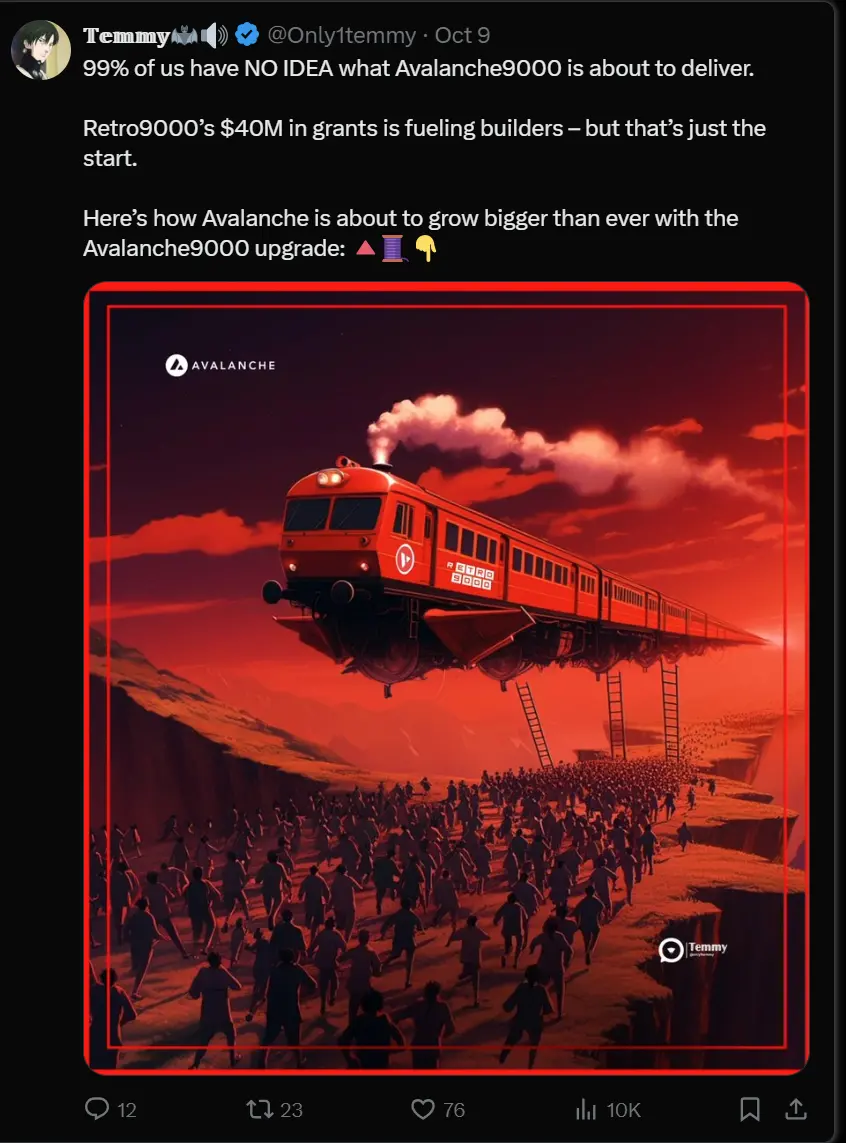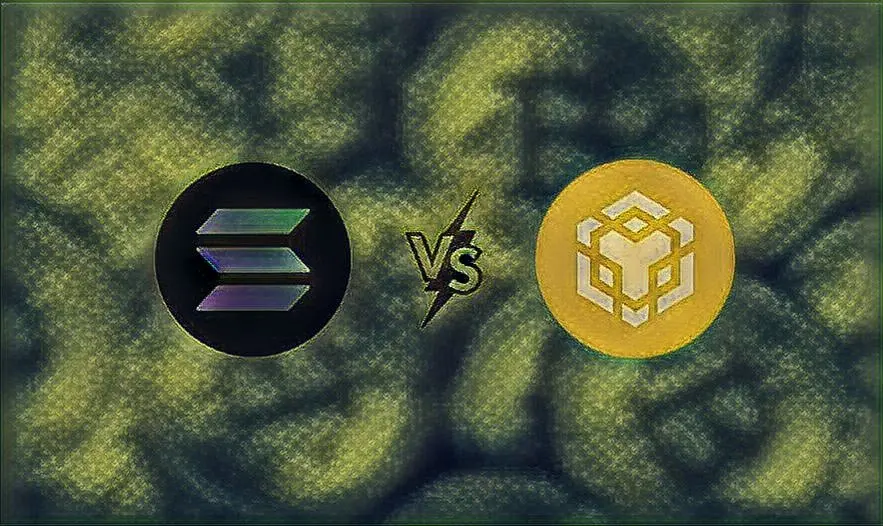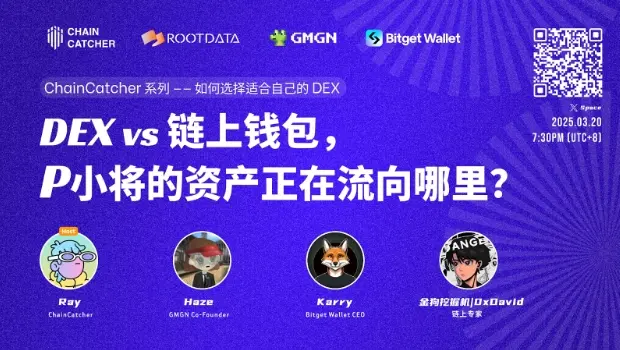New Opportunities in the Bull Market: How L1 and L2 Disrupt the Blockchain Game Rules
Author: @DefiIgnas
Compilation: zhouzhou, BlockBeats
Editor’s Note: This article explores the current state and challenges in the blockchain space: the L1s that failed to adapt to innovation (such as Cosmos) are facing serious dilemmas, while emerging L1s (like Sui, Sei, and Aptos) have gained some attention in the short term but still need continuous innovation to establish themselves in the long run. At the same time, the newly emerging L2s, similar to past L1s, lack differentiation and innovation, facing survival pressure. Although some diversification trends are beginning to emerge in the market, overall, Ethereum has not won the L1 war. Instead, alternative L1s and L2s are striving to carve out their own new futures.
Here is the original content (reorganized for better readability):
Did Ethereum Win the L1 War?

If you ask me this question now, my answer is clearly no, which is also a significant reason for the stagnation of the $ETH price. However, during the bear market, the view of ETH as the "L1 winner" was widely circulated.
We all know that a bull market will eventually come, so many people sold their other L1 assets and increased their positions in the two assets we believe will not disappear: BTC and ETH.
All other L1 assets are considered likely to disappear for one of two reasons:
First, other L1s compete for yield-hungry investors by offering liquidity mining rewards, using protocols that are basically the same as Aave and Uniswap V2. Apart from Ethereum, there is hardly any innovation at the application layer.
Avalanche, BNB Chain, Polygon… are all quite similar, with their only differences being:
Lower transaction fees
Faster speeds
Brand image
The amount of tokens that can provide liquidity mining rewards
Second, with the rise of L2s like Optimism and Arbitrum, a new narrative for Ethereum is gradually forming, as these L2s promise scalability without compromising security. During the bear market, they performed quite well, while other L1s continued to lose total value locked (TVL) and users.
Solana is a huge blow to Ethereum extremists.
Despite being severely impacted by the FTX collapse, SOL not only successfully recovered but also shattered the illusion that Ethereum's aggregation method is the only viable scaling solution. As more L2s go live, the fragmentation of liquidity and user experience becomes increasingly severe. With each new L2 launched, Solana's monolithic approach appears more attractive.
The emergence of the modular vs. monolithic debate has ended the narrative that "Ethereum won the L1 war." Those investors who increased their ETH positions during the bear market are now continuing to sell ETH to buy SOL and other L1s.
Other L1s are also innovating, and today they have clearer and richer visions compared to a few years ago.
Avalanche: Just launched Avax9000, allowing permissionless L1 (rather than L2) deployment based on application needs.

Compared to Ethereum L2, Avalanche's L1 benefits from unified cross-chain communication. Additionally, the value appreciation of Avalanche's main chain is also clearer. Avalanche's biggest victory is the "Off the Grid" game, indicating that its vision is being realized. This could also revive the narrative of the past GameFi.

Near: Establishing its position as both a monolithic and modular blockchain, Near also provides chain abstraction for L2s through a unified user interface (BOS), supports L2 account aggregation, and implements the sharding technology that Ethereum abandoned.

BNB Chain: Launched opBNB L2 to reduce fees, but the more important upgrade is BNB Greenfield, focusing on DataFi to monetize data and intellectual property, as well as decentralized AI (training LLMs under privacy protection).
Fantom: Further strengthens its monolithic design through the Sonic upgrade, aiming for 2000 transactions per second (TPS) without sharding or L2, targeting a new generation of decentralized applications (dApps).
Gnosis: Building the financial dApp I use daily.

L1s that fail to innovate and adapt are facing dilemmas, with Cosmos being the most obvious example. Once a pioneer of modular blockchains, it is now losing users, liquidity, and market attention, with the trading price of $ATOM having fallen back to levels before the 2020/21 bull market.
Meanwhile, emerging L1s like Sui, Sei, and Aptos still rely on the old "new shiny L1" strategy, gaining some attention in the short term, but to thrive in the long term, they must innovate and achieve differentiation.
Today's new L2s are similar to past L1s, with almost no transaction fees and hardly any differences outside of branding. They attract some fork protocols for airdrops but lack true innovation. As the airdrop craze fades and total value locked (TVL) declines, L2s must diversify and attract unique decentralized applications (dApps) to survive, and their token economic models are relatively poor.
Projects that cannot adapt to market changes may be eliminated, just like some EVM chains that emerged during the DeFi summer of 2020.
Nevertheless, there are still signs of diversification in the market: L2 interoperability alliances (such as OP Superchain, zkSync Elastic Chain, etc.) are developing, Base is benefiting from Coinbase, and zkSync has invested millions of dollars to attract unique dApps.
Overall, Ethereum has not won the L1 war, and the value appreciation of all L2s remains unclear at present. However, this is actually a good thing for the entire industry. Even as Ethereum faces challenges, alternative L1s are still striving to build their futures and provide use cases that Ethereum may not be suitable for.
And now, the time for L2 to prove its value has also come.









